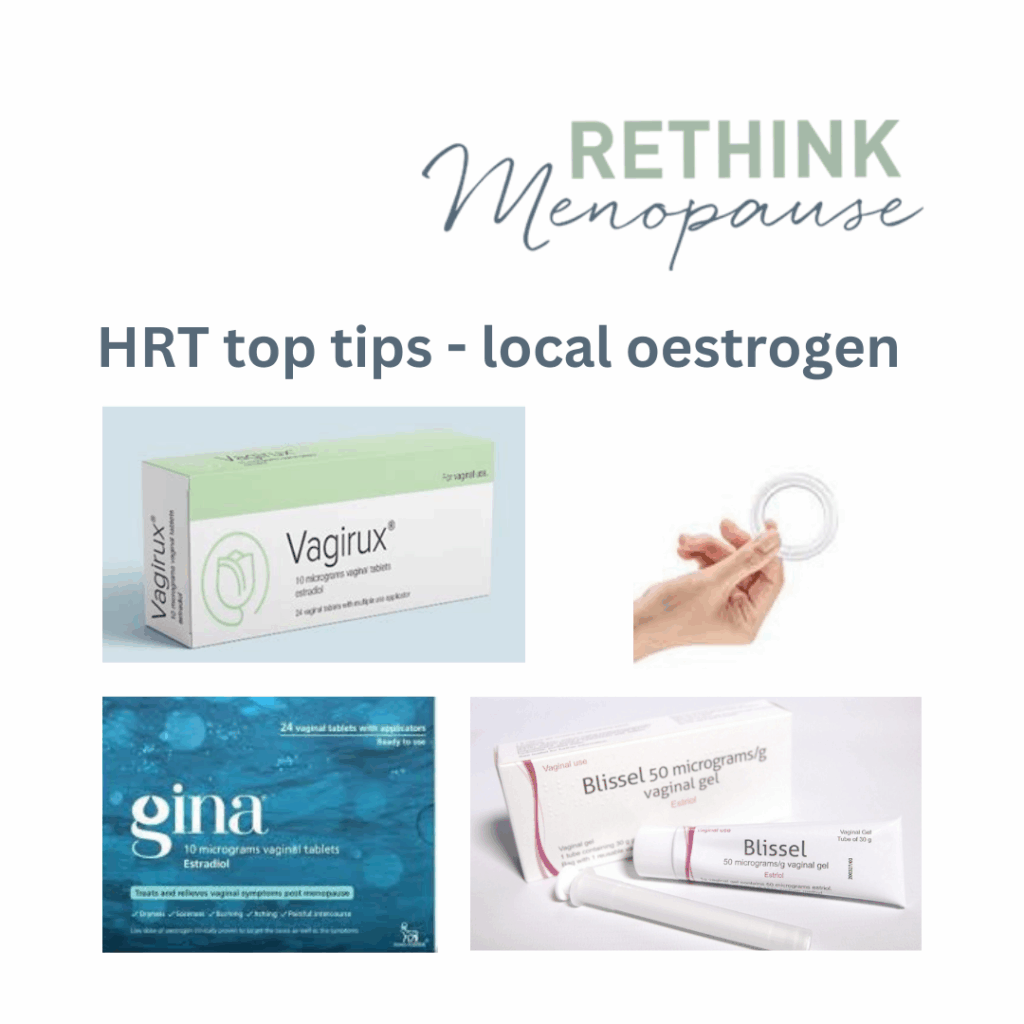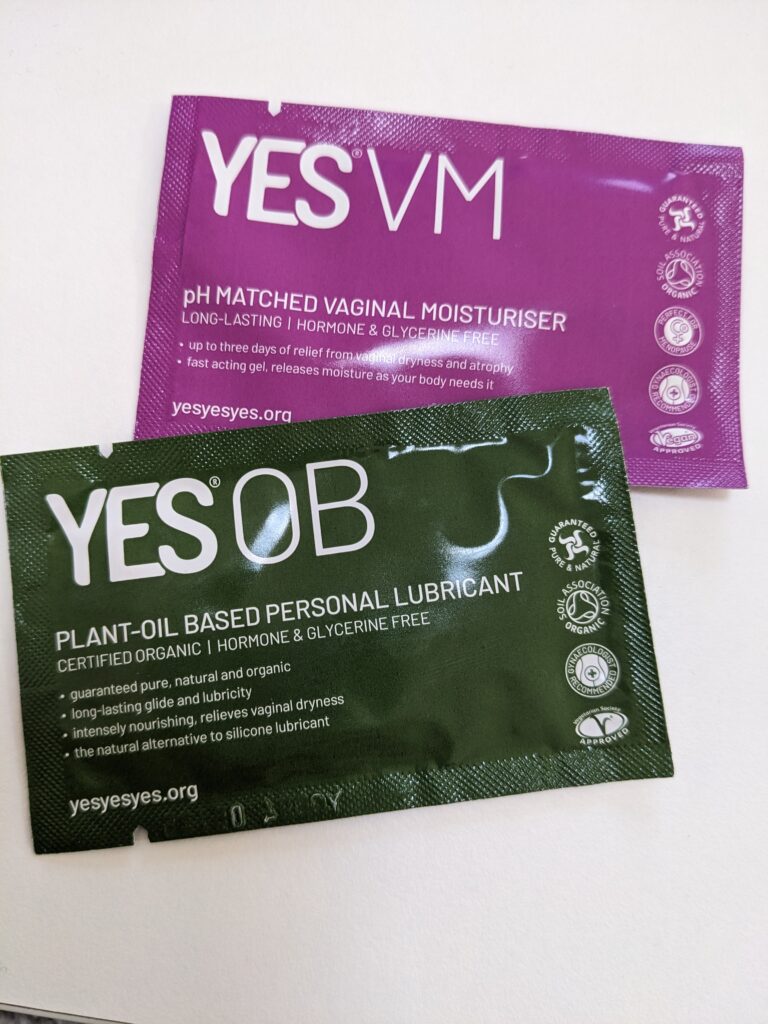Local oestrogen treatment plays a vital role in supporting vulvovaginal and urinary health — especially during perimenopause and beyond
Oestrogen helps to lubricate vaginal tissues, maintain a healthy microbiome, and support bladder function, reducing the risk of urinary tract infections. It also supports pelvic floor strength. Without adequate oestrogen, these tissues can become thinner, weaker, and more fragile. The genitourinary tract contains a large number of oestrogen receptors, making it particularly sensitive to hormonal changes around menopause.
Understanding the Genitourinary Syndrome of Menopause (GSM)
Symptoms of GSM can include:
- Vaginal dryness, soreness, itching, or burning
- Increased urinary urgency or frequency
- Pain or discomfort with urination
- Recurrent urinary infections
- Painful sex and reduced responsiveness to touch
- Worsening of prolapse or incontinence symptoms
Up to 50% of women by age 50 experience GSM, yet it’s often overlooked or mistaken for thrush, cystitis, or simply “part of getting older.” Recognising the link between low oestrogen and these symptoms is key to effective treatment.
Local (Topical) Oestrogen: Safe and Effective
Low-dose topical oestrogen is available as a vaginal tablet (pessary), cream, gel, or ring.
Because only a very small amount is absorbed into the bloodstream, progestogen is not required for womb lining protection. To put it in perspective: a whole year’s worth of local oestrogen equals just one oral HRT tablet in overall exposure.
Local oestrogen is very safe and can be used long-term, even for life. Many products now carry a lifetime licence for use.
How to Use Local Oestrogen

Vaginal pessaries (e.g. Vagirux®, Gina®)
- Typically used daily for 2 weeks, then twice weekly.
- Vagirux® includes a reusable applicator (reducing plastic waste).
- Some prefer to insert with a finger.
- Gina® is available over the counter for women over 50 who have been postmenopausal for at least a year.
Creams
- Can be applied internally and/or externally.
- Usually used daily for 4 weeks, then twice weekly.
- Can be combined with other vaginal oestrogens, like tablets.
Gel (Blissel®)
- Applied daily for 3 weeks, then twice weekly.
- Non-greasy and hydrating, comes with a reusable applicator.
Vaginal ring (Estring®)
- Lasts 3 months and can be fitted by the user or clinician.
- Less commonly used but very convenient for some women.
Intrarosa® (prasterone)

- A pessary that delivers DHEA, which converts to oestrogen and testosterone locally.
- Sometimes used if standard local oestrogen isn’t effective.
Additional Considerations to Support Vaginal and Vulval Health
Vulval care: Avoid irritants such as soaps or perfumed shower gels. Use a gentle vulval moisturiser (non-hormonal) to relieve dryness and maintain the microbiome. These can be used daily or twice weekly.
Lubricants: Use a non-hormonal lubricant during sex to ease dryness and soreness.
- Choose water-based lubricants if using condoms (oil-based can damage them).
- Opt for irritant-free brands like the YES® range
About the Patient Leaflet
Although updated in recent years, the product leaflets for local oestrogen can still sound worrying — mentioning risks not associated with topical use. If anything in the leaflet concerns you, speak with your prescriber for clarification.
When Will It Work?
Many women notice improvement within a few weeks, though full benefits can take 6–12 months.
Continued, long-term use is recommended, as symptoms often return if treatment is stopped.
Side Effects
Most women experience no side effects. Occasionally, a change in the vaginal microbiome can trigger thrush, which is usually mild and temporary.
Key Takeaway
Local oestrogen is a safe, effective, and underused treatment that can significantly improve comfort, confidence, and quality of life for women during and after menopause. If you’re experiencing symptoms of GSM, speak to your healthcare professional — you don’t have to just “put up with it.”
Here at Rethink, I offer holistic personalised consultations both in Bristol and online via video-link.
Resources with more information
Primary care Dermatology Society – Vulval Care
Yes natural lubricants and moisturisers
